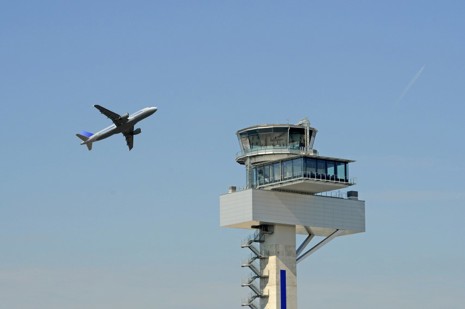
The 90% collapse in European air traffic volumes as a consequence of the COVID-19 crisis is a disaster for all in the aviation industry, and the millions of jobs that depend on air connectivity. However, if there is one positive to cling to, it is that the lower volumes provide an opportunity for some improvements to the air navigation system which might otherwise prove extremely difficult in a “normal” demand situation.
One such example is an initiative to facilitate and encourage optimized flight profiles during the climb and descent phases of flight, as well as more direct routings across Europe, leading to reduced fuel burn and emissions. This initiative has been launched by IATA together with CANSO, A4E, ERA, AIRE, ECA and Eurocontrol’s Network Manager.
Giancarlo Buono, IATA Director Safety and Flight Operations Europe explains: “During this pandemic, pilots and ATCO’s play an important role enabling the transportation of urgent medical supplies and food, and the repatriation of individuals. Continuous professional collaboration between the front-end users during this downtime period can lead, where possible, to smoother flights from cruise level to the runway and vice versa, contributing to environmental and economic benefits by reducing fuel burn, emissions, noise and fuel costs.”
Normally the route infrastructure around airports is complex and contains restrictions for climbing and descending traffic into specific separated traffic flows. These restrictions contribute to reducing horizontal and/or vertical flight efficiency. In the current low-level traffic scenario, most of these airspace restrictions can be relieved, which enables more direct routes and allows aircraft to fly their optimal vertical profiles.
But Buono warns against complacency. “Taking advantage of current low levels of traffic to get us closer to ‘perfect flights’ is a good step. But the challenge will be to retain these improvements when traffic levels increase. This initiative shows, more than ever, that it is not technology or operations that stand in the way of airspace efficiency, but a continuous approach to structural improvement backed by a renewed political will. This combination will allow the system to significantly improve the wider environmental performance while continuing to provide the required capacity. Let’s work together to ensure that these advances pave the way for permanent improvements for a safer and more sustainable air traffic system.”